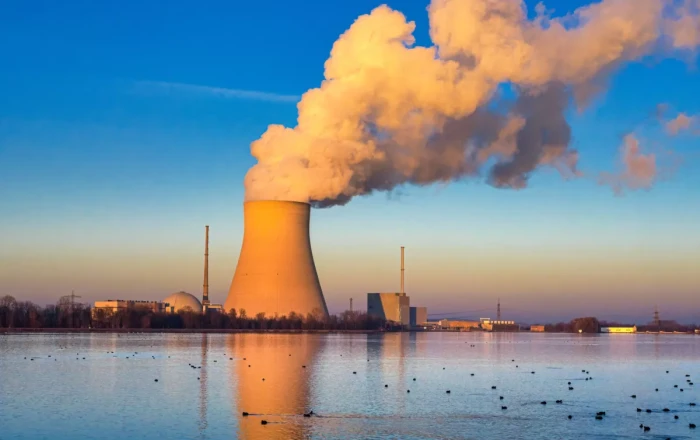The price of gold has experienced a dramatic surge in recent weeks, propelled by heightened demand amid escalating economic and geopolitical uncertainties.
According to experts cited by the American Newsweek publication, much of this rally has been fuelled by strong buying activity in the Asian markets—especially China. Speaking to the American publication, analysts pointed to growing confidence in gold's role as a long-term safe-haven asset, particularly in light of mounting global trade disruptions and political instability.
Last week, gold briefly surpassed $3,500 per troy ounce for the first time ever. While prices have since pulled back to just above $3,300, the metal remains roughly 40 percent higher than it was a year ago—well ahead of most analyst projections for 2025.
Adrian Ash, director of research at BullionVault, told Newsweek the price movement was largely driven by activity in China's private sector, noting "huge jumps" in trading volume across the Shanghai Gold Exchange and the Shanghai Futures Exchange.
Similarly, Joseph Cavatoni, senior market strategist at the World Gold Council, emphasized that global investors were seeking to hedge against persistent volatility. He told Newsweek that recent gains were “heavily influenced” by Chinese demand, adding that central bank gold purchases in the country had reached “record-setting” levels. Cavatoni explained that although China has steadily increased its gold holdings over the past 15 years, the trend has accelerated sharply since the onset of President Donald Trump's second term, as trade tensions and geopolitical friction intensified.
With China being the primary focus of Washington’s recent shifts in trade policy, Ash suggested that gold’s rising price could be interpreted as a strategic response from Beijing to reduce exposure to the US economy and assert greater economic independence.
The China Gold Association echoed this sentiment in a recent statement, highlighting a 30 percent year-on-year increase in gold bar and coin consumption in the first quarter. “Complex and changing geopolitics and economic uncertainty have further highlighted the hedging and value preservation functions of gold,” the group said.
Alongside increased physical gold purchases, Chinese investors have also expanded their use of financial tools such as Exchange-Traded Funds (ETFs). Cavatoni told Newsweek that of the $6 billion in ETF inflows to Asia during the first three weeks of April, China alone accounted for $5.8 billion.
This move to diversify—away from US-dominated assets like the dollar and Treasury bonds—reflects broader strategic shifts. “With uncertain economic outlooks, China and others are clearly pursuing diversification,” Cavatoni said. “Holding gold helps mitigate the risk of excessive dependence on the US for trade, payments, and investment.”
Both Cavatoni and Ash underscored how former President Trump’s erratic policy rollouts—via both formal announcements and social media—contributed to a perception of instability, further prompting hedging behavior. This comes atop long-term concerns about America’s ballooning national debt.
Commenting in Newsweek, well-known veteran investor and gold advocate Peter Schiff noted that China appears to be divesting from US dollar assets. “They’re shifting money out of US treasuries into gold, euros, pounds, and European sovereign debt,” he said.
By Nazrin Sadigova
Source: caliber.az












